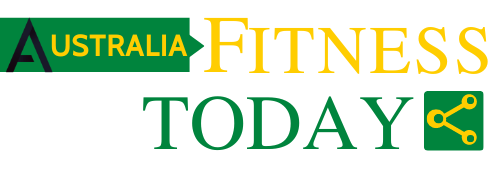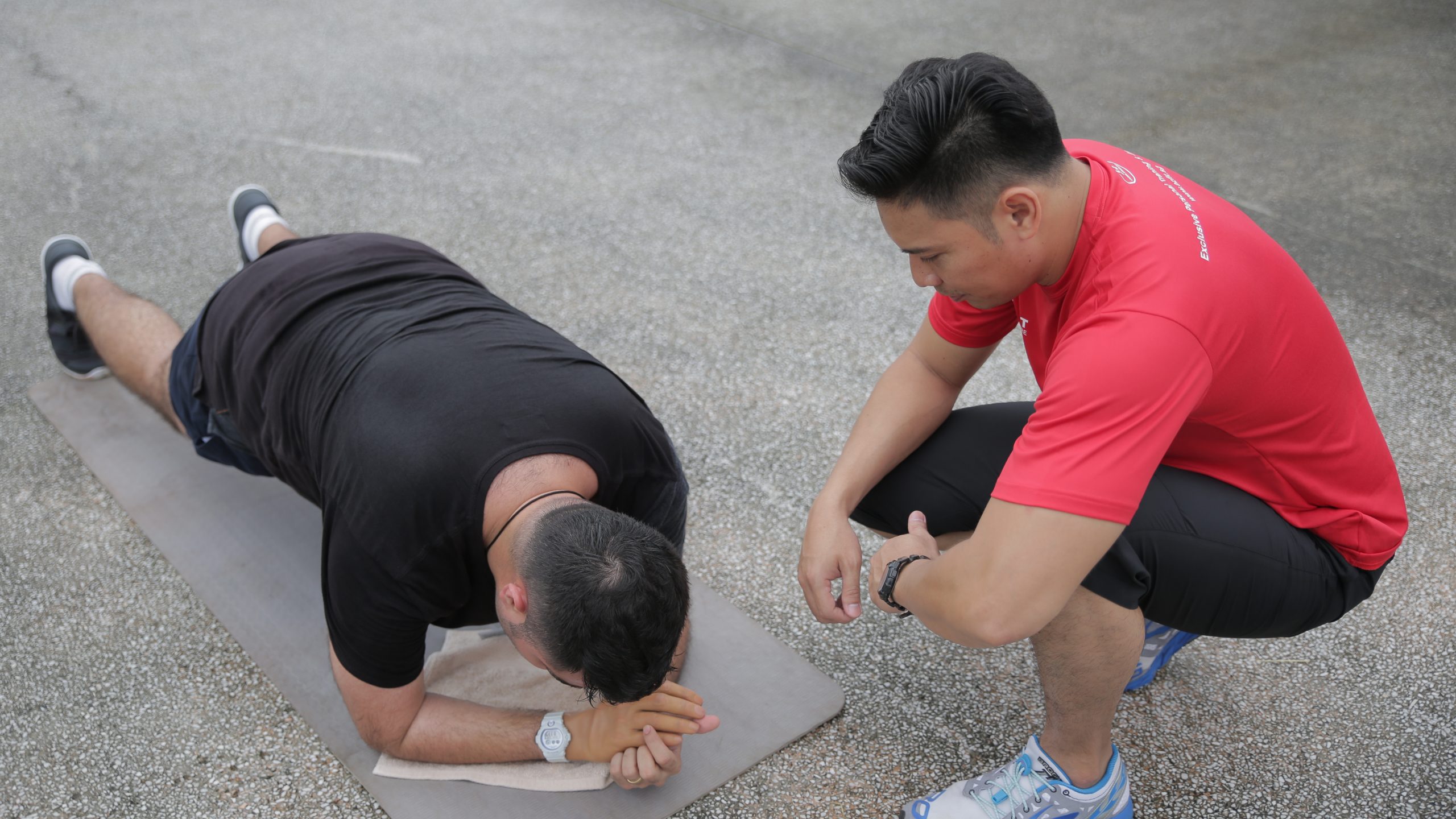Singapore ranks among the highest in the world for body and head pain, according to the 2017 GSK Global Pain Index which surveyed 19,000 adults across 32 countries. About 85 percent of 500 Singaporeans surveyed reported having experienced head and body pain, with four in 10 suffering body pain every week. The statistics of pain are not just attributed to an aging population, statistics of more cases of knee arthritis plaguing young and active Singaporeans have been on the rise as well.
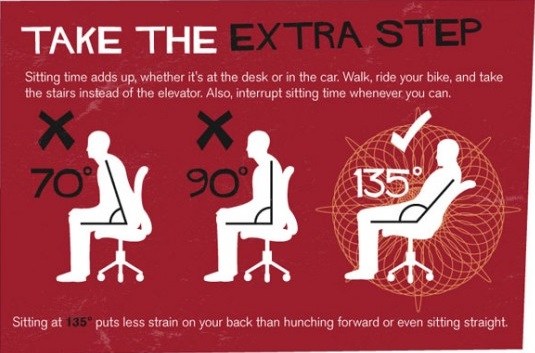
However, there are hidden muscle groups in our bodies that are under-utilised and sadly in the case of a population growing ever sedentary, completely switched off. For many Singaporeans, the muscles in the hip complex are not triggering, which becomes a major cause of concern, affecting people across all ages and walks of life.
As the growing number of patients suffering from chronic pain from and without exercise increases, it becomes clearer that a postural check is becoming as important as a health check, and that having a good trainer, who knows the exercises you need to guide you along is the way forward.
Unfortunately, Singaporeans are not as aware of their health as they would like to think. The issues and problems that eventually result in chronic pain are often compounded, and people only get aware of it when pain and discomfort comes and doesn’t go away. Here are some things we can do today to address pain before you feel it and to see how a postural check is essential in helping the muscles in the hip complex.
Understanding the hip complex
The muscles in the hip complex are part of the human kinetic chain, when strong and mobile, it helps to relieve pressure from your lower back & knee joints (two of the most problematic joints), minimising the chance of injuries.
There is a wide range of movement that is available to our anatomy. In the case of the hip complex, understanding the range of motion that you have is important.
People tend to be stronger in front to back movements (sagittal plane) as seen in when we sit down and stand up. We enjoy a similar level of strength through rotational movements (transverse plane) when we get in and out of cars.
However, we are weaker through side-to-side movements (frontal plane) when we engage in more demanding physical activities, such as salsa, or belly dancing. No matter how you look at it, the hip complex is an integral part of many movements that we engage in to get through our day, and the list gets even more detailed.
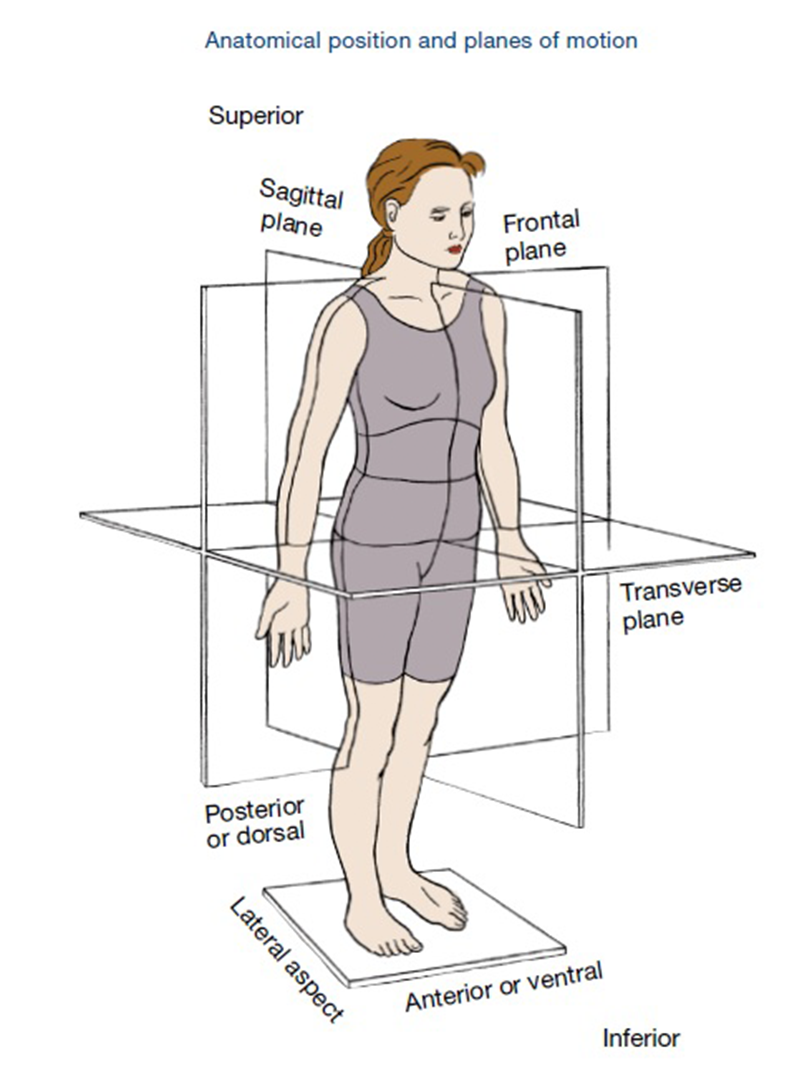
Get a postural check done
Similar to a health screening, a postural check is important, it gives you a detailed front, side, and back view. This overall picture gives your trainers and your health coaches insights into any lapses in your posture, to clearly identify the problems you are facing now, and to prevent other issues that could arise from a neglected hip complex.
Fixing bad habits
Posture and the way we move is inherently unique between individuals. A good postural check will reveal the bad habits that you are unaware of.
Here are some of the common ones that we see in regards to the hip complex:
1) Locking your knees when you are standing. Are you aware of the weight shift when you stand? Are you favouring one leg more than the other? Being attuned to the weight shift when you stand, will let you and your trainer know the steps to take to regain a neutral stance.
2) Tight calf muscles. A common problem that comes with a dormant hip complex. Under the careful supervision of a qualified trainer and with a set of exercises done with a wobble board, the tightness will be gone before you know it. Looking good in heels in useless if you come back home in pain ladies.
3) Forward head tilt. Our excessive use of screens and weak back muscles are a primary cause of this.
4) Forward roll on shoulders, and a rounded back. Being hunched over the desk using the computer for long hours is a key culprit.
Switching on and off certain muscles
“Activate your core”. The advice we hear from fitness professionals more often these days. Just because your core is fired up during a planking exercise does not mean that it has to be all the time.
By referring to the postural check, your trainer will be able to gauge from how you move to identify which muscles are overworking, and which ones are overly dormant. This knowledge is invaluable to prescribing the right exercises. Muscles that are unknowingly being fired up all the time, you will eventually encounter issues of muscle imbalance, which can result in unnecessary injury.
In conclusion
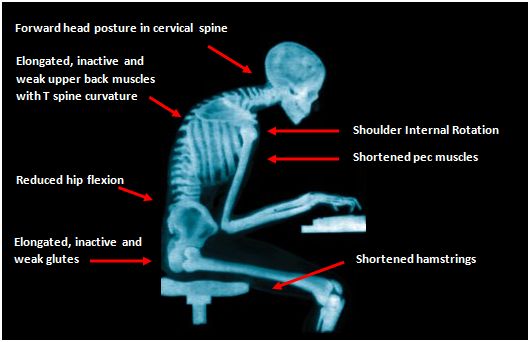
Singapore’s push for more exercise across the board is a great direction, the Exercise Is Medicine Singapore initiative has been gaining traction, where more medical professionals are subscribing to include exercise as part of their patients’ prescriptions as we see benefits that range from combatting lifestyle diseases to curing chronic pain. The human body is a fascinating and complex machine, able to compensate to still function a detailed article gives us a glimpse of the other ways that our bodies could otherwise respond.
With the advancements in sports science, exercise prescriptions have changed over the years. And the importance of the muscles in the hip complex become ever more relevant to an increasingly digital lifestyle. Understand that everyone is different, the exercises that we should follow through from our postural checks might seem challenging, and the changes look small, but they are ultimately crucial for us to live pain-free.
